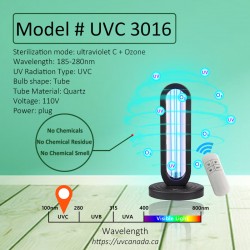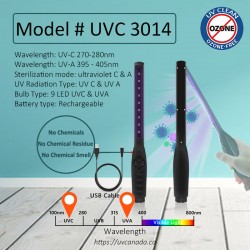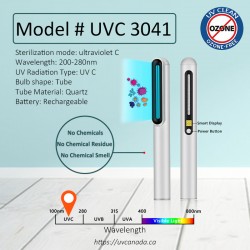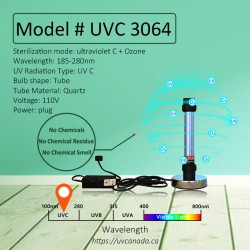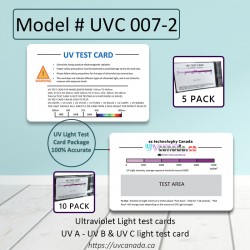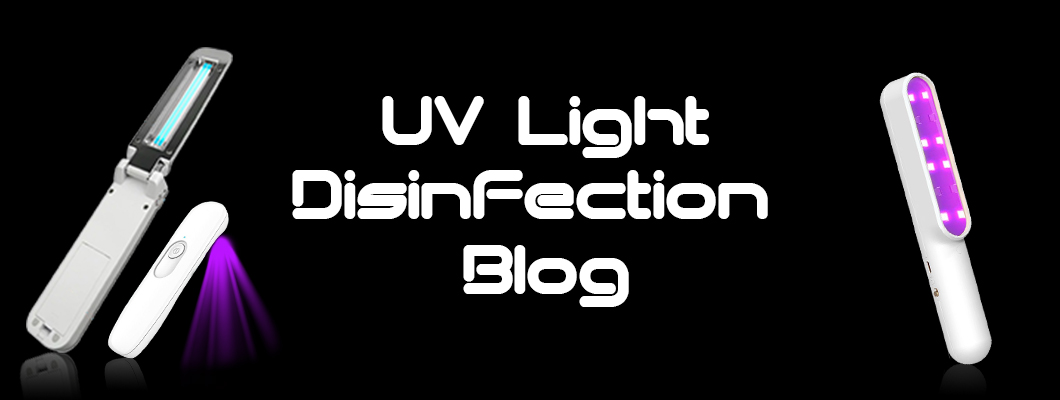
What is
ultraviolet sterilization? How does it work?
Ultraviolet light sterilization is not a new concept, after all, it is the same method that Mother Nature uses through the rays of the sun! However, the use of UV light by humans to sterilize and disinfect items has been in common use since the mid-20th century.
UV light can kill the bacteria, viruses, allergens, mold and purify air in seconds
As technology advances, the use of UV light to sterilize has increased considerably – but how does it work? Ultraviolet light is split into three separate wavelengths, UV-A, which is between 315 nanometers (nm) and 400 nm, UV-B which is from 280nm to 315 nm and UV-C, which is from 100 nm to 280nm.
All these spectrum, UV-A, UV-B & UV-C have able to kill bacteria and viruses.
UV-A Spectrum is wildly used as sanitizer in Meat/food packaging industry.
UV-B Spectrum NEW 2020 Israeli researchers found that that {UV-B} light wavelengths of 285 nm inactivated 99.9% of the coronavirus in fewer than 30 seconds
UV-C Spectrum is considered as germicidal; meaning it is able to kill bacteria and viruses.
UV-C Eradicates Viruses & bacteria in second
depending on power of lamp and distance from source of light
UV-C kills these germs by damaging the DNA in the
cells of these viruses, preventing them from multiplying and leaving them
completely harmless. As it is simply using a certain wavelength of light, UV
sterilization is a completely non-chemical method of disinfection and is
growing in popularity thanks to it not only being able to kill up to 99.9% of
all germs and bacteria but also for the fact it is highly cost-effective and
very low maintenance.
Unlike chemical disinfectants that can leave a lingering smell or require a few hours to do their job, UV sterilization takes just seconds to disinfect and clean products or a room and ensures they can be used immediately after cleaning.

